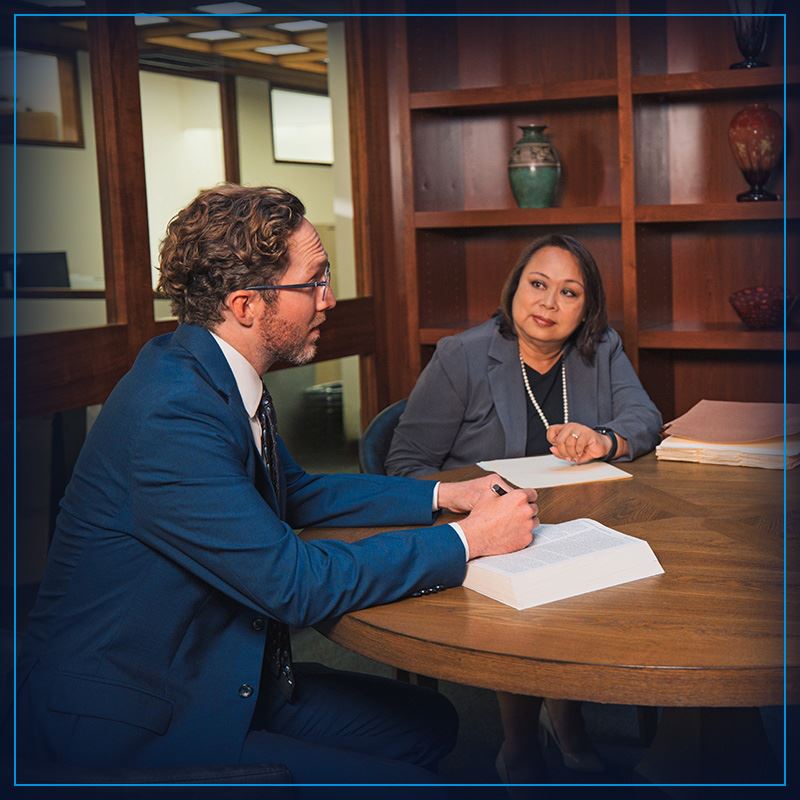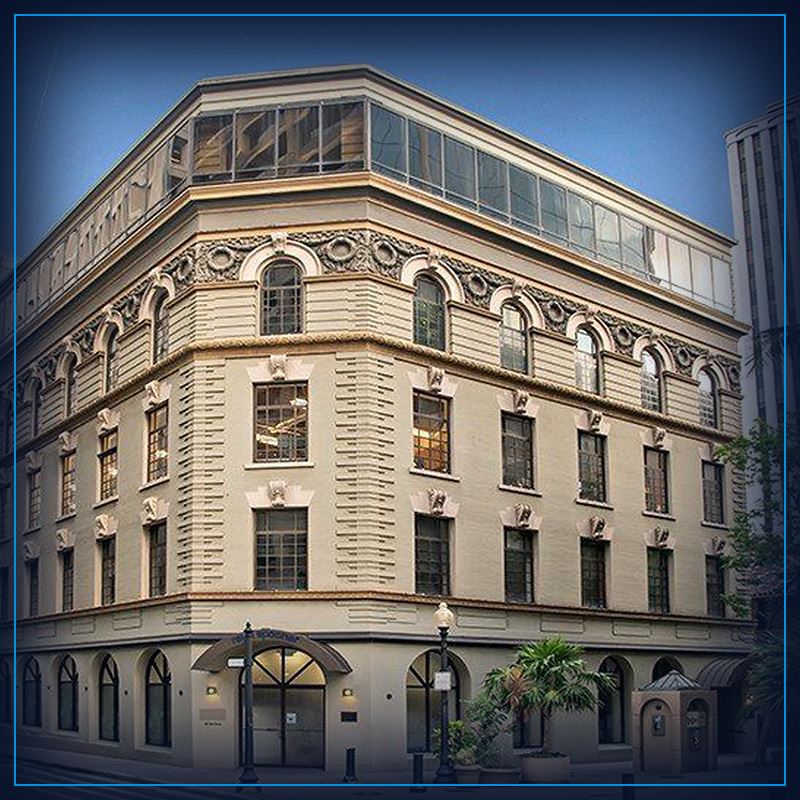
HAWAII BUS ACCIDENT ATTORNEYS
NAVIGATING COMPLEX BUS INJURY CLAIMS
Every year, Americans take up to 4.6 billion trips on buses, as well as other forms of public transportation — and still more take private and chartered bus trips, too. From the signature yellow school bus fleets to ever-expanding mass transit systems, more and more citizens are relying on these massive vehicles for business, school, and pleasure with every passing year.
While bus accidents may not be as common as other motor vehicle crashes, however, one recent study found that up to 63,000 buses are involved in a major accident each year, leaving many of the occupants with damaging and painful injuries. Here at Davis Levin Livingston, we understand how to pursue injury claims in the event of a complex and overwhelming bus accident, and fight for the fair recovery you deserve.
Do you need to speak with one of our skilled Hawaii bus accident lawyers? Call (808) 740-0633 today for more information.
Who Is Liable in a Bus Crash?
Although you might assume that the operator of the bus or a negligent third party will always be found financially responsible in a bus accident, the truth is that these cases are far more complex to litigate than the standard car accident. Hawaii is a no-fault state, which means that the vehicle’s insurance company will be primarily responsible for covering injuries after an accident. However, there could also be any number of other parties and organizations involved in your bus accident claim, ranging from private bus companies to entire school districts to local government branches.
Additionally, the law treats buses differently depending on whether they are “common carriers” or privately operated vehicles. Because public and city buses are part of America’s vast mass transportation network, they are specially regulated by the Federal Motor Carrier Safety Administration (FMCSA) and required to observe higher safety standards – and carry insurance coverage to match. Private carriers, including charter or tour buses, may not be held to the same standards. That can make it more challenging to get the compensation you need after an accident.
Hawaii Bus Licensing Requirements
In order to drive a bus in Hawaii, a person must obtain a commercial driver’s license (CDL). Applications for a CDL are not accepted from those who are under 21 years of age. A CDL application needs to be filled out, and you must take or supply a photo, your current driver’s license, social security card, and birth certificate. A medical report from the Department of transportation is also necessary and drivers must also pass a written examination. Meeting these requirements will qualify you for a CDL permit which is good for 6 months and allows the driver to drive commercial vehicles under the supervision of a driver who holds a CDL license. A road test is then administered when the driver feels he is prepared.
To drive a commercial bus, a driver must obtain a “P” endorsement which will allow him to carry passengers. Those who want to drive school buses also need an “S” endorsement in order to driver school children. School bus drivers must also pass a background check conducted by the police.
School Bus Dangers
One of the main concerns regarding school buses is that the majority of them are not equipped with seat belts despite the overwhelming evidence that wearing seat belts save lives. In fact, there have been few safety developments, and the school bus is basically the same as it was in 1977. School buses can also be very noisy and create an environment where the driver could be easily distracted. There are also times when the students may exhibit threatening behaviors, and without adequate security, the bus driver is often forced into becoming a disciplinarian taking his attention away from the road.
These obstacles play a large role in the injuries of over 10,000 kids who are involved in school bus accidents each year. There is also plenty of danger outside of the bus, as nearly three-quarters of fatalities happen to people who are in vehicles other than the bus, and about 1/5 are pedestrians.
Commercial Bus Dangers
Commercial buses are primarily either charter buses used for tourism purposes or part of the public transportation system. In Honolulu, the most common concerns surrounding the Oahu Transit Services (OTS) which most refer to as “the bus.” One major concern with the bus is that a large portion of riders are senior citizens who can easily be injured because of the nature of how the bus moves throughout the city.
Driver actions such as making sharp turns, going over curbs, abrupt braking or accelerating, moving before passengers are safely seated, or closing doors on passengers that have not completely made it on or off the bus all contribute to the sort of turbulence that results in falls. These dangers are most prevalent in seniors, but can potentially happen to anyone riding the bus.
Dedicated to Helping You Recover
When you’ve been hurt in a complex bus accident, it can be overwhelming, and leave you wondering where to turn for assistance. Our Hawaii bus accident team at Davis Levin Livingston is here to hear your story and pursue maximum compensation for your injuries.
With 40 years of combined experience and millions won on behalf of injury victims, our award-winning attorneys know how to get results, even in incredibly complicated bus crash cases. Known for our relentless pursuit of justice, we will handle every aspect of your case so that you can focus on healing.
To schedule your complimentary case evaluation, just call (808) 740-0633 and get assistance from our responsive staff.


Four Decades of Record Breaking Victories
-
$104,000,000 Child Sex Abuse
We're proud to have secured a landmark $104 million settlement for victims of abuse against Kamehameha School. This ground-breaking case marks a significant victory for the victims, with the school agreeing to settle.
-
$29,400,000 Medical Malpractice
Physicians at Tripler Army Medical Center failed to order a crucial test that would have detected a twisted gut in a 1-month-old baby, resulting in the loss of 95% of the baby's small intestine and leading to lifelong disability.
-
$15,400,000 Wrongful Death
The state has agreed to a $15.4 million settlement in a civil lawsuit filed by the families of two hikers who fell to their deaths on a Kauai hiking trail in 2006.
-
$15,000,000 Vacuum/Forceps Injury
The hospital improperly attempted to deliver a post-date baby using a traumatic second-stage vacuum extraction. This extraction and the delay in delivery resulted in permanent brain damage to the baby.
-
$9,975,000 Brain Injury
The hospital's failure to monitor an infant's rising bilirubin levels led to bilirubin encephalopathy and kernicterus, resulting in severe and permanent brain damage. A settlement of $9,975,000 was obtained.
-
$9,500,000 Medical Malpractice
Surgeons at Tripler Army Medical Center reattached the small intestine backward during gastric bypass surgery, leading to complications that ultimately resulted in the death of a 31-year-old Army wife and mother of three.

Why Davis Levin Livingston?
-
Available by phone 24/7 & ready to help.
-
Secured tens of millions of dollars on behalf of our clients.
-
Highest malpractice judgment in U.S. history against a military hospital.
-
Includes an experienced medical team including a nursing staff to answer your questions.
-
Mark Davis and Mike Livingston have been recognized as some of the best lawyers in Hawaii.
-
Resources available to advance your expenses; no cost or fees unless Davis Levin Livingston wins your case.

Dedicated Legal Counsel You Can Count On
Helping Families throughout hawaii for over 40 years
-
"Professional, KIND, and understanding"
They are most professional, KIND, and understanding. Thank you Matt Winter for all your help.- Clare T. -
"We wouldn't have chosen any other team!"
Mathew Winter and the whole staff of Davis Levin Livingston guided us every step of the way and made sure we understood everything that was going on. They were always so welcoming and compassionate. Communication was never a problem and emails were answered super fast, especially when we had so many questions. They- Maariel -
"The absolute best firm in Hawaii. Compassion and professionalism at its best!"
Truly a wonderful experience with everyone at the firm. I can't thank you enough for helping provide closure for my family and me during this process. The absolute best firm in Hawaii. Compassion and professionalism at its best!- Daniel -
"After doing extensive research I knew that Davis Levin Livingston was the firm for me due to the success they have had in cases like mine."
After doing extensive research I knew that Davis Levin Livingston was the firm for me due to the success they have had in cases like mine. What surprised me was their personal touch. In the 3- Anthony






.1).1).2401101010550.png)





.1910211111556.png)

.1).1910211114162.png)
.1910211111550.png)